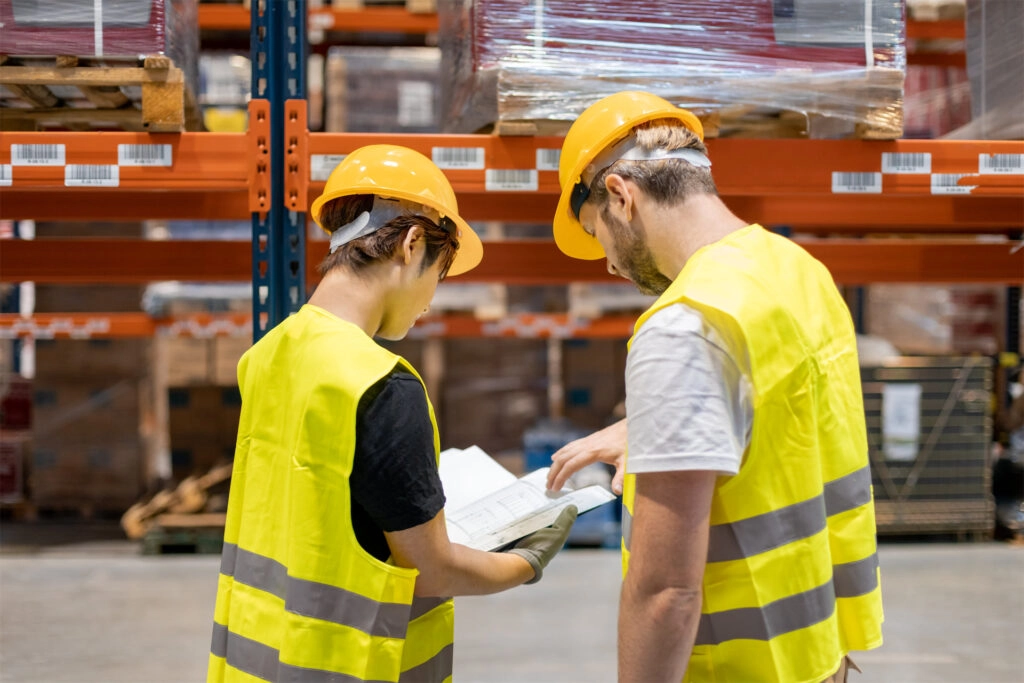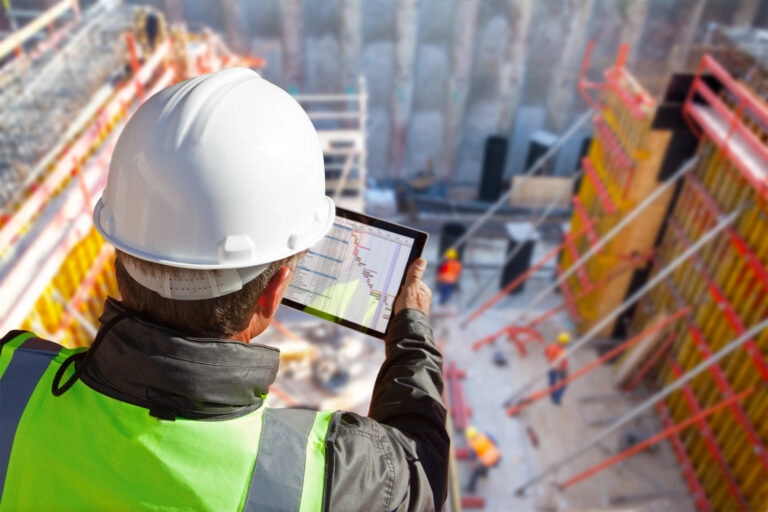Do you have a plant relocation in your future? Considering a new facility that is more affordable or perhaps higher quality? Or do you need to move for logistical and operational reasons?


No matter the reason behind your move, there’s no doubt that a plant relocation is a complex and time-consuming undertaking. Even if things go well, you’re facing a temporary disruption to operations. If things go poorly, you could suffer equipment damage, lost revenue, and possibly long-term business consequences.
The good news is you can avoid most relocation disasters by creating and following a detailed, comprehensive plan. Below are a few tips and a checklist to help you develop your plan and nail your manufacturing plant relocation.
How much time will the relocation process take?
During this time, map out every step of the relocation process. It’s often helpful to work from the end. Start with the date you want to be operational in the new facility and work backwards. Which pieces of equipment need to go first? Which should go last? Which will take the most time to package and crate? Map out these timelines in advance so you have a firm schedule when the day arrives.
Another important consideration with the timeline is minimizing the number of days you are not operational. For instance, can you stagger equipment transfers so that you are operational in your old facility right up until the moment you start operating in the new facility? If not, what is the order in which you should move equipment and materials to minimize the number of days you are not operational?
You may not know the answers to these questions. If that’s the case you may want to work with a manufacturing plant relocation consultant who can help you develop your relocation timeline.
Should you do your own packaging and crating?
You may be tempted to package and crate your equipment and materials yourself. That could be a costly mistake, especially if you have complex or high-value machines. Packaging and crating is more complex than you might think. There are a wide range of risk factors to consider, like movement and vibration in transit, temperature, moisture, and more.
Imagine that one of your most important pieces of equipment is damaged during the move. Now you’ve not only lost operational time due to the relocation. You’ve also lost capacity for additional time because you have a machine that’s down.
One way to avoid these outcomes is to work with a “move manager” who can oversee the process. They can design and implement packaging and crating that minimizes risk for your materials and equipment. It could be simple wooden crates or it may be a custom packaging solution unique to your needs. It just depends on your specific goals and risks.
If you’re relocating internationally, a “move manager” can be even more critical. There could be complex hurdles at customs. A move manager with international experience can help you clear those hurdles and keep your relocation on schedule.
A “move manager” or packaging consultant will generally help in three key areas:
Packaging. This involves individually wrapping or bagging items before they go into a container. The goal is to implement an efficient packaging process that also maximizes protection. Electronics, parts, and inventory items may require special attention.
Crating. This is the packaging of larger items like machines or equipment. This may involve building a wooden crate around the item or even using custom materials. The crate may include internal braces or other forms of dunnage that reduce movement and vibration while the container is in-transit.
Shipping. This may seem pretty self-explanatory but it can be complex. Shipping clearly refers to the transit of the containers and packages to the new location. But everything will have to be monitored along the way. Your packaging partner may use GPS technology to monitor location, temperature, moisture levels and more during this stage.

When should you start looking for a relocation consultant?
Generally, earlier is always better. The earlier you can connect and contract with a manufacturing plant relocation consultant, the more time you give them to develop a sound plan.
Timing is also uncertain now because of the COVID pandemic. Relocations that may have been scheduled for 2020 have likely been bumped to 2021. That means many relocation companies have a busy schedule. If relocation is in your future, it would benefit you to start having conversations with relocation consultants as soon as possible.
Manufacturing Plant Relocation Checklist
- Log your move-in/move-out responsibilities at each facility. What do you have to do in your old facility to resolve your obligations there? Clean the facility? Remove any modifications you made? Also, what must you do to take occupancy of the new building? Make a list so you’re not caught off-guard on moving day.
- Assign tasks to specific groups and personnel. Your team should be able to start helping in the relocation process as part of their normal work day. Perhaps assign groups the task of getting their departments or workstations ready. That way, when the packaging company arrives, many smaller parts are already packaged and ready to go.
- Label every item. Confusion and uncertainty can be the biggest time wasters in a relocation. You can eliminate that by labeling every package with what is in the package and where it should go in the new facility. That keeps everything efficient and on-schedule.
- Start with non-essential items. As soon as you have access to the new facility, start moving items that aren’t essential to your daily operations. With those items already moved, you reduce the amount of packaging necessary and limit your downtime.
- Have a communication plan. There are always surprises and on-the-fly decisions on relocation day. What’s the process for making those decisions? How do questions get asked? What’s the fastest and most appropriate channel? Put a communication plan in place so that you and your team can make decisions quickly.
- Show your appreciation. Relocations can be stressful for everyone involved. Once the job is complete and you’re up-and-running in your new space, be sure to celebrate the accomplishment with your employees and other team members